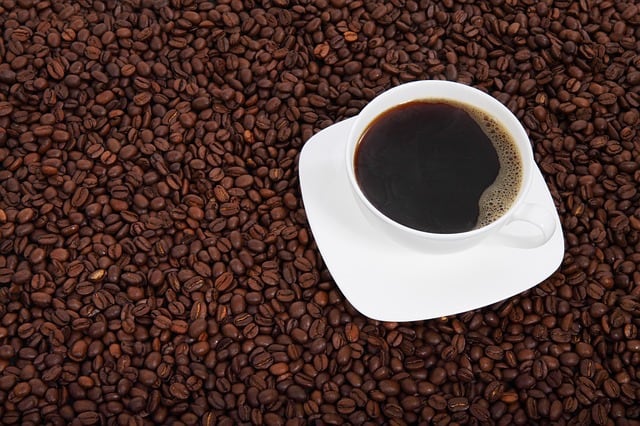
October 1st is International Coffee Day! Sorry, but again I will be the bearer of bad news and let you know that it is not a “real” holiday, so you still have to go to work. I’m sure most of you are thinking “Ummm, Elin, isn’t every day coffee day”? (Answer, yes!) But October 1st is the day that coffee gets its shout out for all that it does, including kick-starting our day!
The history of coffee almost sounds like the first part of a joke – a goat herder, a monk, a Sudanese slave, a reclusive Sheikh, a Pope and a Portuguese Casanova walk into a coffeehouse….okay at this time there was no coffee house, but they all seem to lay claim to inventing or playing a large part in the history of coffee.
Let’s start with the Ethiopian goat herder, named Kaldi. Kaldi supposedly noticed that his goats got super-energetic after munching on the berries from specific trees. The goats got so energetic that they didn’t want to sleep at night. Maybe looking for some answers from above, Kaldi took the berries to a nearby monastery and the local abbot. The abbot made a drink out of the beans (the monks have a long history of distilling pretty much everything) and found that drinking this magic liquid kept him awake throughout the long evening prayers. Other monks asked his secret and the first coffee club was started.
The Sudanese spin is that Sudanese slaves munched on the berries to keep them awake and alert and helped them survive the horrid environment throughout the journey from Ethiopia to Arabia (hence the arrival of coffee in Arabia).
The Islamic legend has coffee already in Arabia, and everyone’s favourite morning drink is thanks to the reclusive Sheikh Omar who was living in Mocha, Yemen. Sheikh Omar invented coffee by boiling the beans and drinking the liquid. He gave the drink his seal of approval for both its stimulating and also its healing properties.
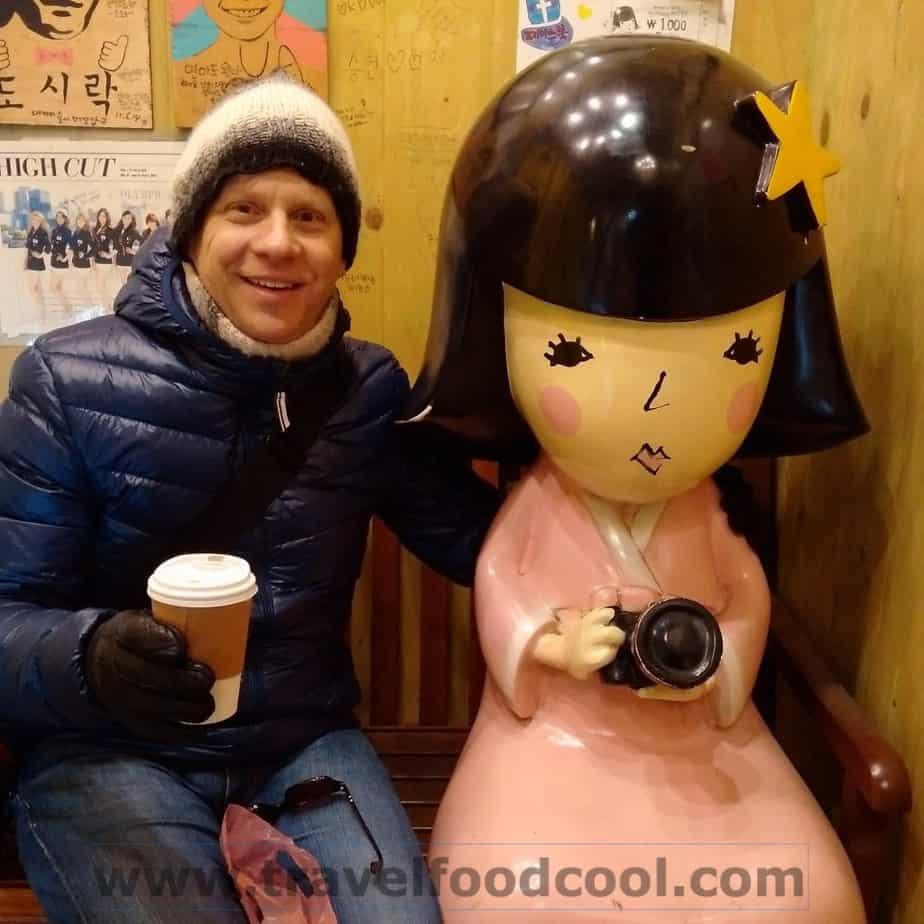
The coffee trade certainly started in Arabia. With coffee gaining popularity, as early as 1415, public coffee houses started to spring up. Coffee houses quickly became such popular hotspots for the exchange of information that they were nicknamed the “Schools of the Wise.” For centuries now, people have come to get together, drink coffee, listen to music, catch up on news, and use the free WIFI, engage in lively debates and conversation.
European travellers brought back stories of this mythical black brew and, in the 17th century, the actual coffee itself. Coffee quickly became popular throughout Europe.
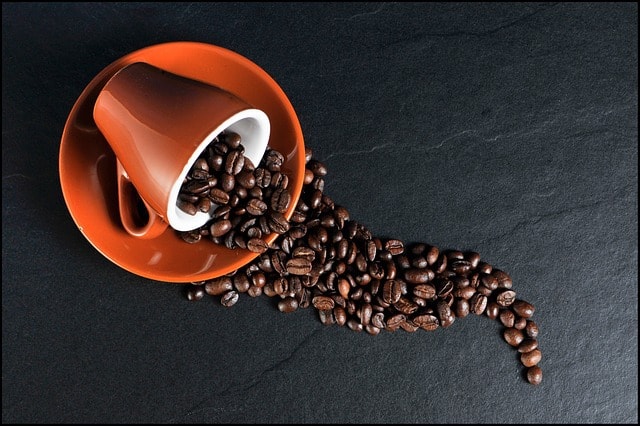
Now, not everyone was enamoured of the morning brew when it first became popular. Some people treated this dark brew with fear and suspicion. This must be what Satan drinks in the morning! I can’t think of a country that has more of a great love for a quick caffeinated shot in the morning than Italy, yet local Venetian clergy, in 1615, condemned coffee. They made coffee such a controversy that Pope Clement VIII was asked to intervene. He tasted the brew and like the abbots, monks, goat herder, slaves and Sheiks before him, loved it, gave it a thumbs up and the Papal blessing.
Coffee continued to grow in popularity and became the preferred breakfast drink, taking the number one spot from the previous morning favourites: wine and beer! People drinking coffee instead of beer and wine for breakfast found themselves, surprisingly, to be more alert. By the mid-17th century, there were more than 300 coffee houses in London alone!

The Dutch manage to steal some seedlings import some seedlings which resulted in the curtailing of the Muslim world’s monopoly on coffee. After this, the Dutch felt so generous that around 1714 the Mayor of Amsterdam presented a young coffee plant to the young King of France, Louis XIV, who planted it in the Royal Botanical Gardens. One of these seedlings was taken from there are then sent to the French colony of Martinique for production. Despite the bad weather, a saboteur, and a pirate attack, the plant made it safely and soundly to its new home where it not only thrived, it managed to spread itself (with some help I’m sure) throughout the rest of the Caribbean, South and Central America.
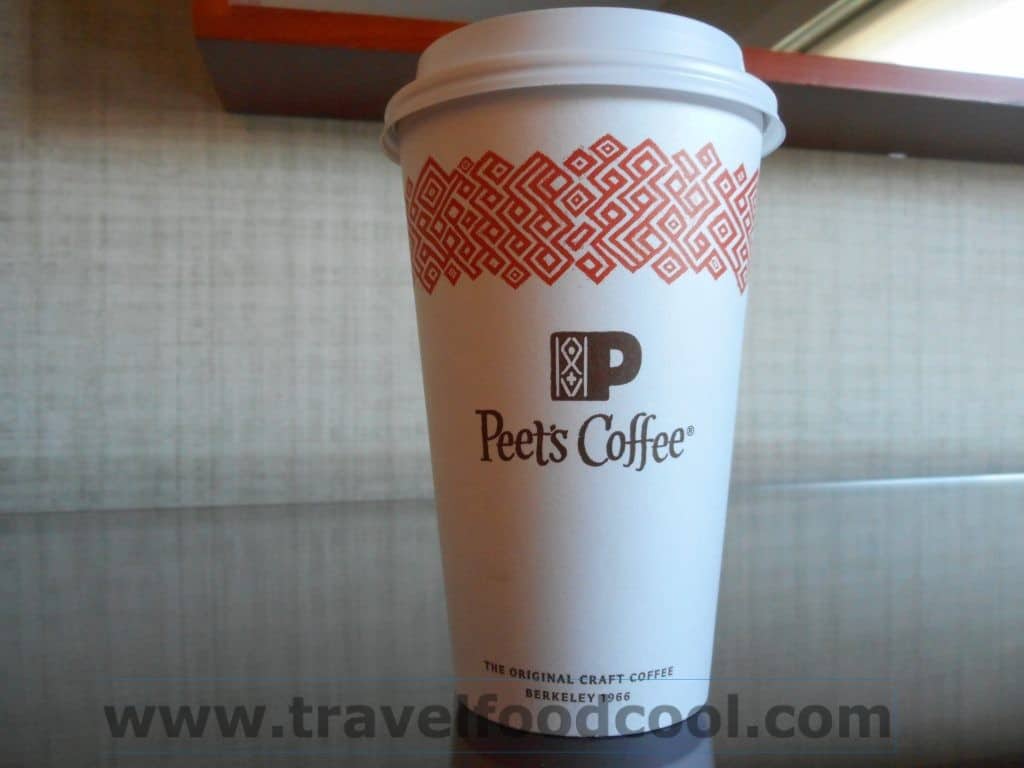
So how did Brazil become such a coffee powerhouse? They used sex. No, quite literally they wanted the beans, which the French Guinea Governor would not give them. Enter the Portuguese Casanova of coffee, Colonel Francisco de Mello Palheta. The orders of the Portuguese King were to bring back the beans and Colonel Francisco would not take no for an answer! While the French Governor of Guinea said no! no! no!, the French Governor’s wife said yes! yes! yes! (many, many times if the rumours are correct). So good (at his job) was the Colonel, that when he left the French Governor’s wife gave him a bouquet of flowers. It may have been the best smelling bouquet ever because in the flowers were hidden enough coffee seeds for Brazil to become the largest producer of coffee in the world, a position they have held for over 150 years! Brazil is responsible for one-third (yes 33.333%) of the WORLD’S coffee.
There was no stopping coffee now! In 1818, the first coffee percolator made its debut in France. This was followed in 1901 by the first espresso machine, which was a steam-powered beast, invented by Italian Luigi Bezzera. 1905 saw another Italian step up the stakes of the coffee game, as Desiderio Pavoni fine-tuned the perfect cup and found that to do “requires one to brew the coffee at 195 degrees and 9 BAR pressure”.
Again, Italians changed the world of coffee in 1933, as Bialetti’s young genius, Luigi De Ponti, invented the machine that sits on the stove top and passes steam through the ground coffee to brew your morning sip. It is called the Moka pot (or Moka express as it was first known) and features an iconic eight-sided shape.
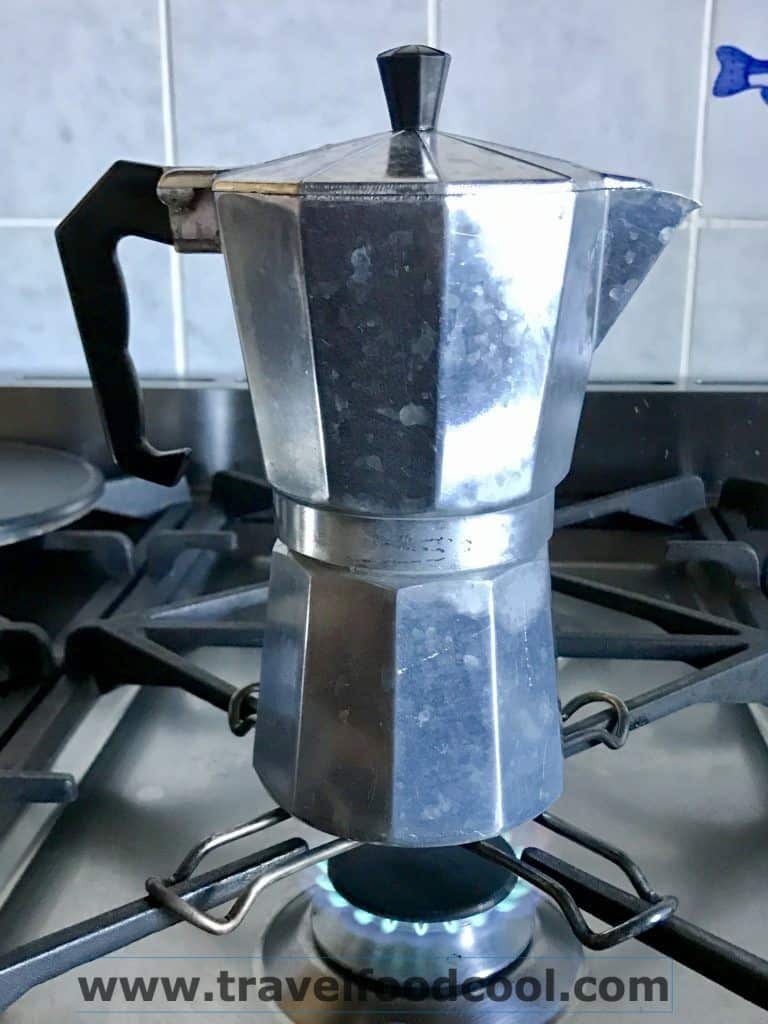
The world’s most expensive coffee? While it may feel like it, it’s not a triple-mocha-frappa-half-soy-latte from a two tailed mermaid, but a coffee made from poop. Yes, Kopi Luwak coffee beans from Bali, Indonesia, are first consumed by a civet cat and then “expelled” to be cleaned, roasted and ground. A cup of Kopi Luwak coffee costs about US$75 in New York. (We tried it in Bali at the coffee plantation for about CDN$5.)

While I’m guessing that some of you may be thinking, “Elin, this is too much to think about! I haven’t had my coffee yet” I leave you with two last dates:1966 and 1971. As you wait in line for your coffee, you will rejoice and thank Alfred Peet who is considered the grandfather of the specialty coffee industry. He not only taught his style of roasting coffee beans to his three friends – Jerry Baldwin, Zev Siegl and Gordon Bowker – he let them copy his Peet’s Coffee design and technique. The trio based their design on Peet’s Coffee when opened the first Starbucks in Seattle in 1971.
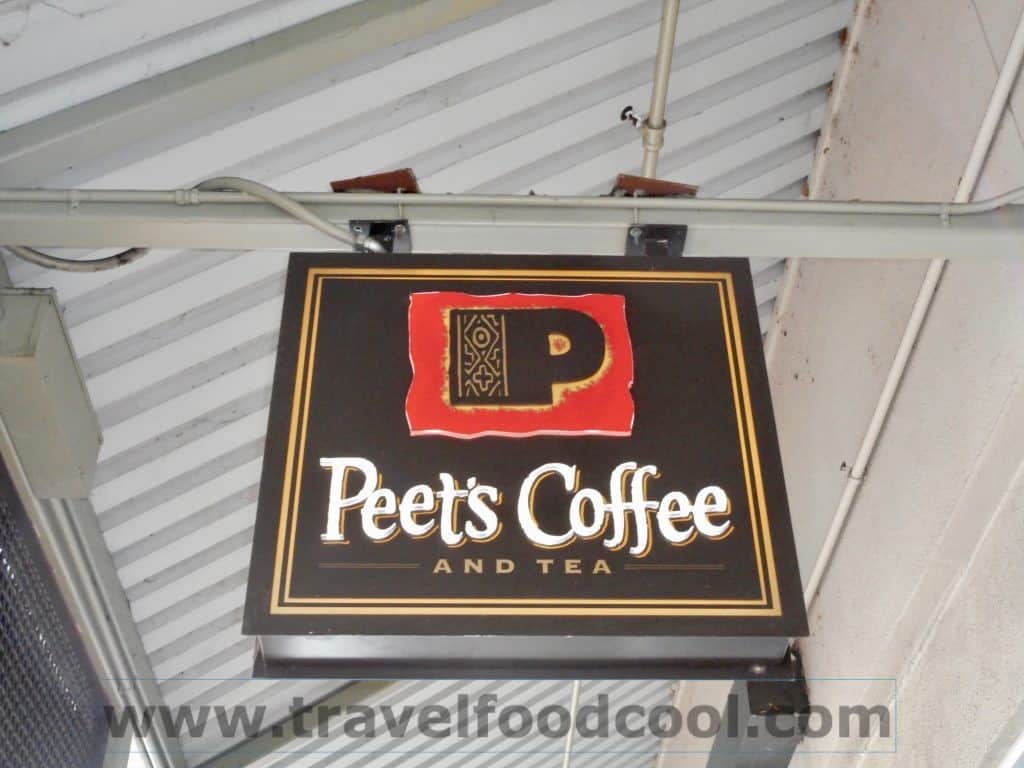
[Love coffee, or know a coffee lover? Check out Coffee Change for some cool coffee wallets!]
Looking for something a little stronger? Tune in next week for some coffee cocktails!



Another funny, fact-filled, and fabulous post. Cheers!
Thanks for reading Larissa! Glad you enjoyed it!